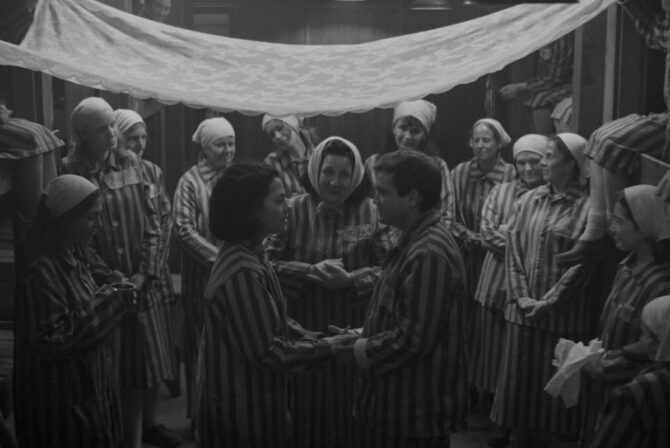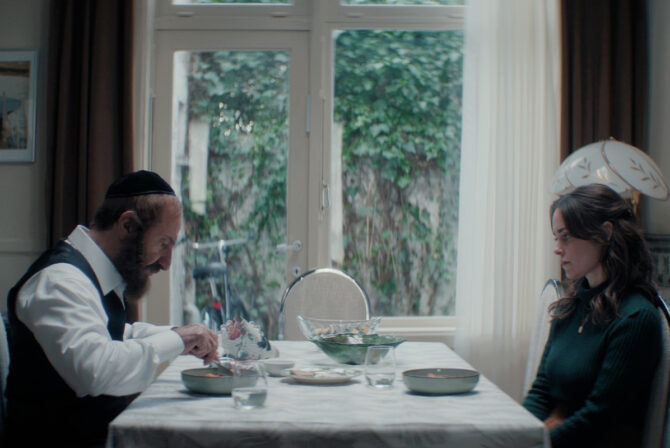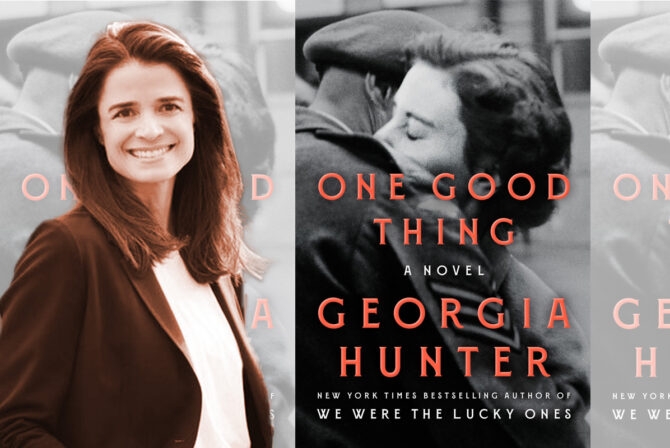Halloween and Shabbat came hand-in-hand last year. Both are chock-a-block in rituals, and admittedly, these rituals seem antithetical to each other (dressing in costume vs. dressing nicely; going door to door after sunset vs. lighting candles, praying, and eating communally after sunset; indulging in sugary treats that potentially have gelatin and other non-kosher ingredients, etc).
But last year, when the two coincided, our family had every inclination to celebrate both. Like most kids, my boys organize their lives around rituals: the daily rituals of the school week morning, the occasional rituals of birthdays and holidays, the religious rituals of our faith. They weren’t about to give up one favored set of rituals for another.
READ: The Jewish Take on Halloween
Having been raised primarily in the US, my kids think of Halloween as big—a highlight in the Fall calendar, which means elaborate parties, lifelike jack-o-lanterns, graveyards on lawns, ghosts in trees. But a couple of months before Halloween last year, we arrived in the UK—arrived and had no plans to leave. I worried that my kids would be disappointed with the rewards of their trick-or-treating here. I asked British parents, friends, colleagues: Is Halloween done here? Yes? Are you sure? Are you very sure? Each person answered in the affirmative, multiple times, and at last we were convinced.
But we shouldn’t have been. Halloween is done in the UK, but it is…underwhelming. It’s not that we expected to trip over hands thrust up from the ground like Carrie’s on our walk from house to house. Spirit we somehow didn’t expect, not in a place better practiced in humility and an even temper, a place where a football cheer at the local pub consists of mildly raised voices saying, “Come on, England.” But ritual—we did expect. And by ritual, I mostly mean candy.
So much for treats. We’ve never been asked for so many tricks.
After sunset last Halloween, Mario, Luigi, a ninja, and Princess Elsa (that would be me) began the journey from door to door. Soon, however, we discovered that most houses were dark and silent. A knock on the door confirmed the absence of inhabitants. When people did answer the door, it was always with a startle. Rapid eye blinking and “Oh!” were the most common responses people had at finding the plumber brothers and accompanying ninja sibling on their doorstep. No one actually had a bowl of candy nearby. Many had nothing to offer at all. Even the mother who came to the door with two toddlers in superhero costumes seemed disconcerted by my children’s presence and their (hopeful and determined) “Trick or treat!” The mom smiled down at my children, disappeared for a while, allowing her kids to inspect mine and mine hers, and at last returned with a big bag of peanuts in her hands—peanuts which I had no doubt came from her personal supply. She ripped open the bag and apologetically proffered a few nuts to each of my boys (apparently no allergy concerns here!).
READ: Mayim Bialik: Putting the Scrooge in Halloween
One man was infuriated by our knock and opened the door in a huff, shouting: “Go away! Go away! No, thank you!” Several people gave out unwrapped food–jujubes and jelly beans, and a couple of sticky cookies stuffed into my hand immediately, since, as the kids knew, they wouldn’t be able to keep them. Raised on the myth of razor blades in apples, I collected the contraband items and put them directly in the trash. This was disappointing because their boons, when we called it a night after an hour and a half, were paltry. The boys tallied their treats. Each peanut counted as an item to maximize results. As my oldest pointed out after adding up the self-bought goodies, the lone bag of Maltesers, the peanuts, and the squat pile of “lollies” and “sweeties,” his total number of 44 items was smaller than his final sum the previous year in New Jersey…by 204.
It’s not that I want my boys gorging on sugar. And yet, I understood their disappointment. I told them they could stay in their costumes for dinner, hoping to let them feel like Halloween wasn’t fleeting and futile. I instructed them to put away their meagre winnings as I changed out of my Elsa outfit, and we strolled, as a family, back down the street—still devoid of other trick-or-treaters and doors opening and closing, still almost eerily quiet. But this time, the quiet seemed peaceful, an intimation of the start of Shabbat.
We have been warmly welcomed into the Jewish community in Birmingham, England, and our neighbors had kindly invited us for Friday night dinner. As we entered their house, the world seemed to right itself. There was a white tablecloth on the table, challah on a wooden board, a bottle of grape juice. Candles shimmered in the distance and flowers idled in a vase. When we gathered round, we began by singing “Shalom Aleichem” with our hosts and their other guests. The smell of familiar cooking wafted out of the kitchen. “Will there be chicken soup?” demanded my oldest before we finished the niggun. Our neighbor nodded yes. This pleased him immensely.
READ: Why My Daughters Decided Against Halloween This Year
I thought immediately of that series “Chicken Soup for the Soul.” This was quite literally a soul-soothing chicken soup. I watched my kids slurp it up, their chicken soup with lokshen, forgetting, for a time, their unwelcome reception at British doors and their impoverished boons, the failure that was their first Halloween in the UK, so different from the holiday in America. And I felt grateful that the atmosphere, the company, the tunes, and the food, all the beloved Friday night rituals of the Jewish community—across the sea—were just like those at home.
And I determined my plan for this year’s Halloween: I’m just not going to mention it.







